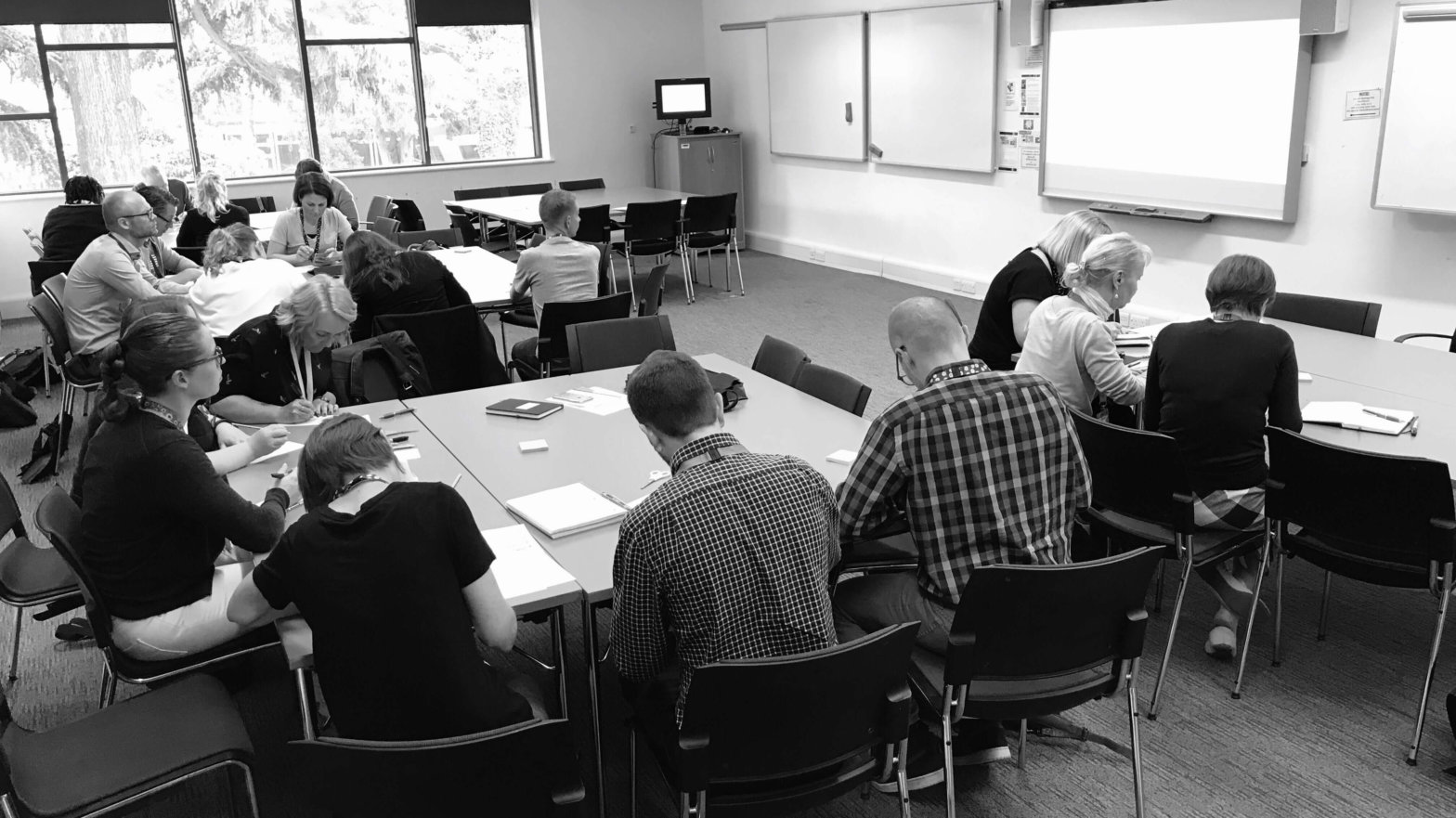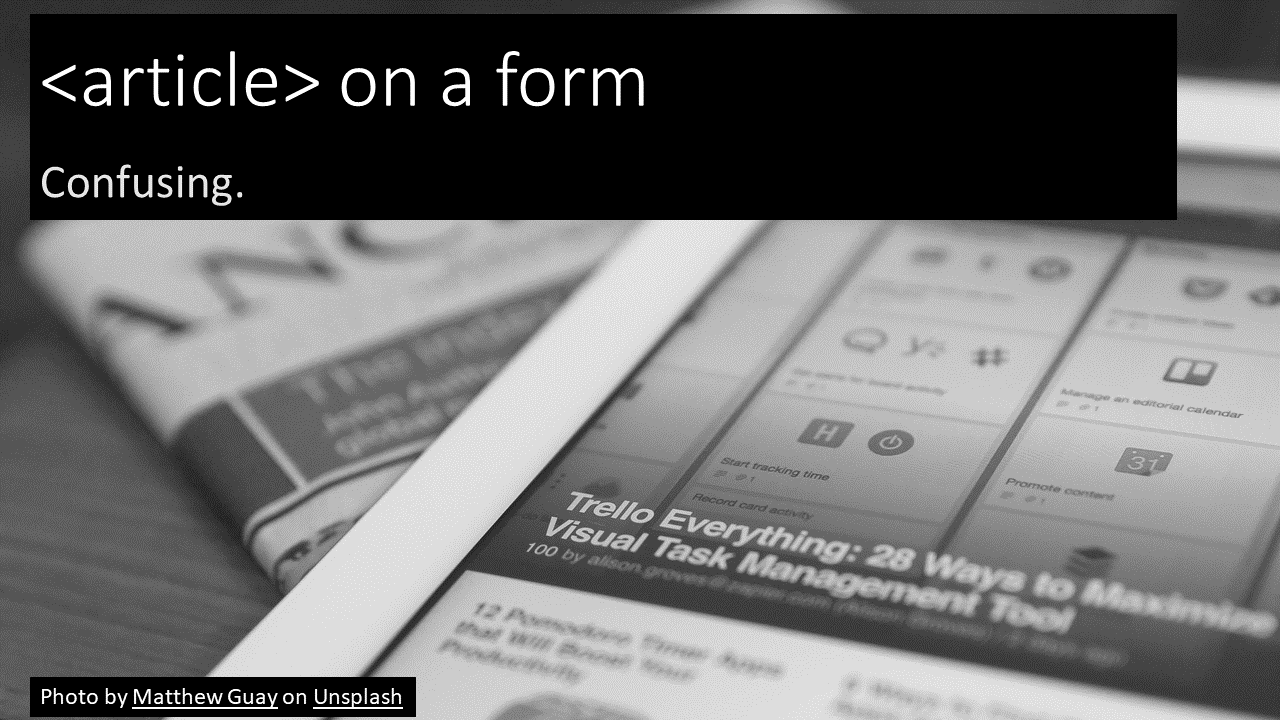To improve the mobile experience of reserving a group study room – the case for my digital prototyping workshop at the 5th UXLibs conference.
Tag: accessibility
My accessibility posts include tips on increasing colour contrast beyond compliance, improving the experience for motor-impaired users, and using ARIA.
Web accessibility is the inclusive practice of ensuring there are no barriers that prevent interaction with, or access to, websites and web applications by people with physical disabilities, situational disabilities, and socio-economic restrictions on bandwidth and speed.
For example, when a site is coded with semantically meaningful HTML, with textual equivalents provided for images and with links named meaningfully, this helps blind users using text-to-speech software and/or text-to-Braille hardware. These also make websites optimised for search engines such as Google.
When text and images are large and/or enlargeable, it is easier for users with poor sight to read and understand the content. When links are underlined (or otherwise differentiated) as well as coloured, this ensures colour blind users will be able to notice them. When clickable links and areas are large, this helps users who cannot control a mouse with precision.
Input width makes it easy to guide sighted users
Setting input width to guide sighted users reduces cognitive effort needed to fill out forms. I’ve created HTML and CSS code to set width of a postcode field.
Form wizard remediation – from research to design
My lightning talk on remediation of technical and non-technical issues in a registration form. This effort brings us nearer to our goal of no barriers.
Easily removed HTML5 article tags found lurking in form
While manual accessibility testing a form wizard, HTML5 article tags were announced by the screen reader. This confused our participant on every step!



